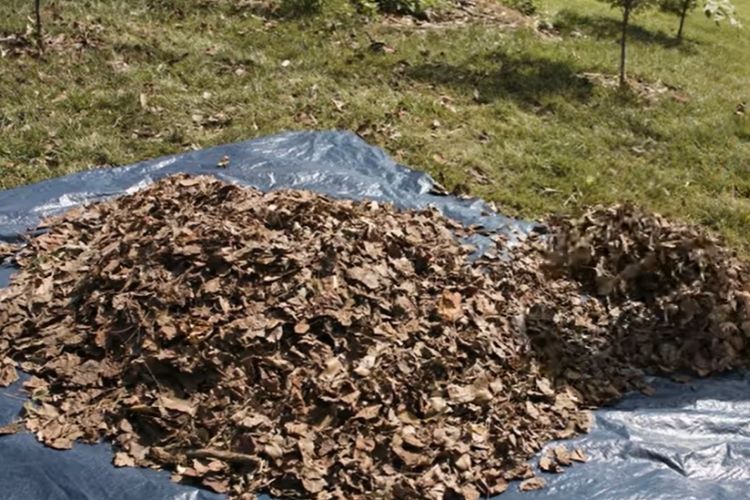It’s the best time of year for raking leaves, but it can also be a total pain. If you’re looking to clean up your yard in the least amount of time possible, then this guide is perfect for you! We are going to talk about best practices on how to rake leaves quickly and efficiently. You’ll even find some tips that will help with leaf cleanup after a storm or during the winter months. So sit back, relax, and read away!
Where to put all those leaves?
With its colorful diversity, autumn leaves herald the cold season. For many gardeners, however, the autumn leaves also mean an increased amount of work. Because as impressive as the colors of the leaves are, they ultimately pose a risk to the garden and to people. For example, the fallen leaves not only block the supply of oxygen to the lawn. They also pose a risk of slipping on sidewalks and regularly clog gutters. Home and garden owners should therefore take care of the removal of the autumn leaves as soon as possible. But what are the options for removing the autumn leaves quickly and easily? And how can the autumn leaves be sensibly recycled after the work is done? These and other aspects will be discussed in more detail in the following article.
The best tools for leaf removal
In general, there are different methods that allow you to quickly remove autumn leaves. Following is a selection of the most helpful tools.
Economical and gentle – the classic leaf broom and shrub rake
The leaf broom is still one of the most common tools for effectively removing autumn leaves from your garden. Due to its special design, the broom allows a particularly efficient way of working at relatively low acquisition costs. However, due to the high amount of work involved, a leaf broom is only recommended for smaller green areas.
Best shrub rake – when it comes to removing leaves, you should not underestimate the shrub rake. The best tool for this purpose is a long-handled leaf rake with plastic tines. This allows you to work effectively and without much effort on your part. It is best if the hedge or shrubs are equipped with rubber tips so that they can be used even on surfaces such as gravel or pebbles.
Powerful on large areas – the leaf blower
With their powerful motors, leaf blowers are particularly suitable for larger green areas. The targeted use of the air stream makes it easy to blow the autumn leaves into neat piles. While blowers with electric motors only have a limited working radius due to the cable, the gasoline-powered variants allow flexible processing of extensive areas.
The compost removal of autumn leaves – the leaf vacuum cleaner
For those who want to use autumn leaves as compost material or fertilizer, leaf vacuums are the optimal solution. Not only can they be used to effectively remove leaves from sidewalks and green areas, but they also have an integrated shredder that shreds the leaves at the same time. The shredded leaves then form a perfect base for compost. Thanks to a simple conversion option, many vacuums can also be used as blowers.
The convenient alternative – the lawn mower
In addition to the aforementioned tools, conventional lawn mowers can also be used to remove leaves. The cutting tools of the mower shred the autumn leaves effectively and quickly. However, due to the increased danger for small animals, this method belongs to the less gentle variants of leaf removal.
The best options for recycling autumn leaves
After the removal of autumn leaves quickly arises the question of whether and how to use them further. But fortunately, there are also numerous options for the subsequent use of autumn leaves.
Successful composting of autumn leaves
Composting is certainly one of the most classic ways of recycling. After all, autumn leaves make extremely nutrient-rich mulch and humus. However, it should be noted that some types of leaves – such as oak or poplar – take a long time to decompose. Therefore, it is always worthwhile to shred the autumn leaves before composting.
Autumn leaves as winter protection
Since geothermal heat continuously accumulates under a layer of leaves, the foliage can also be used very well to protect beds from the cold. Sporadic piles of leaves also serve as winter shelters for small garden animals. In this way, they can once again ensure the ecological balance of the garden next year.
